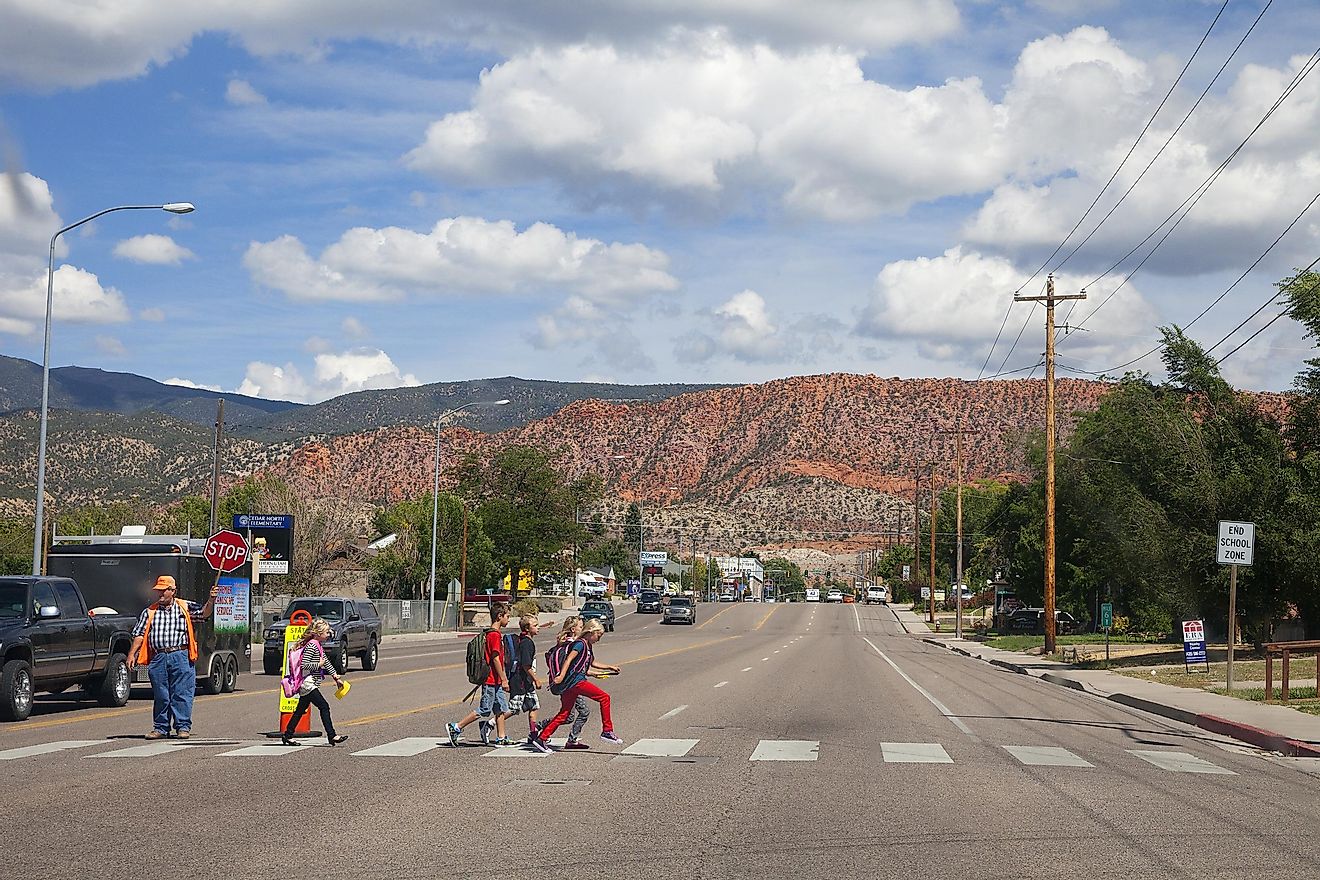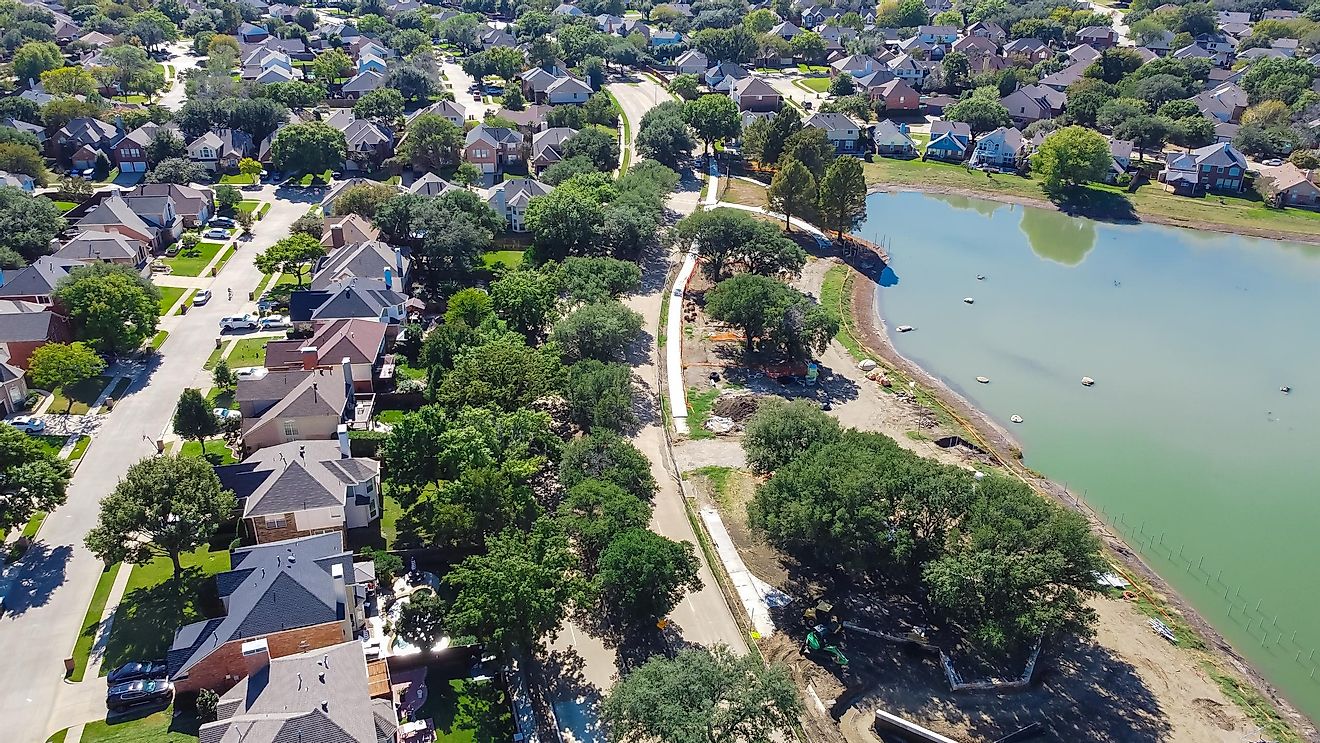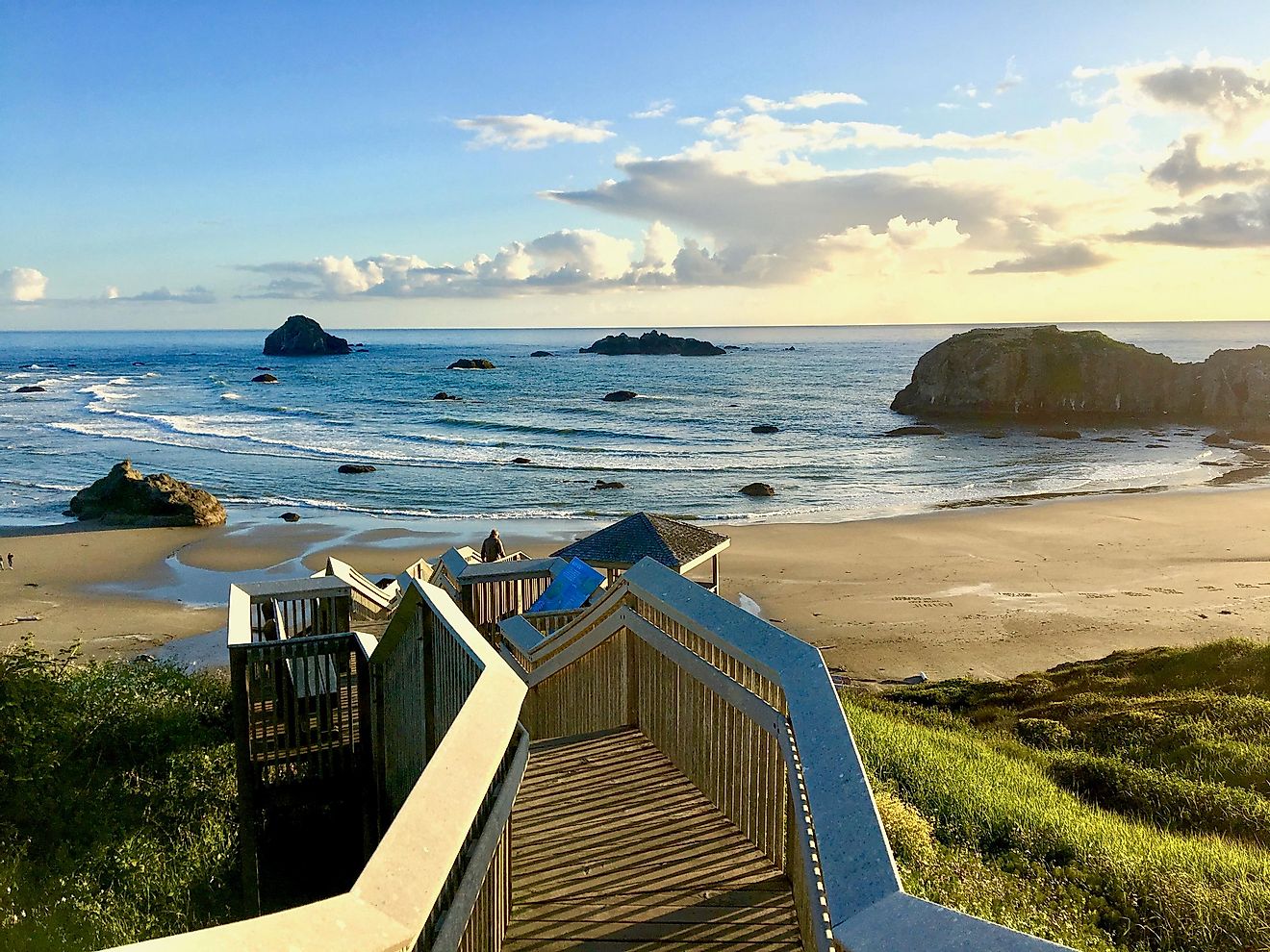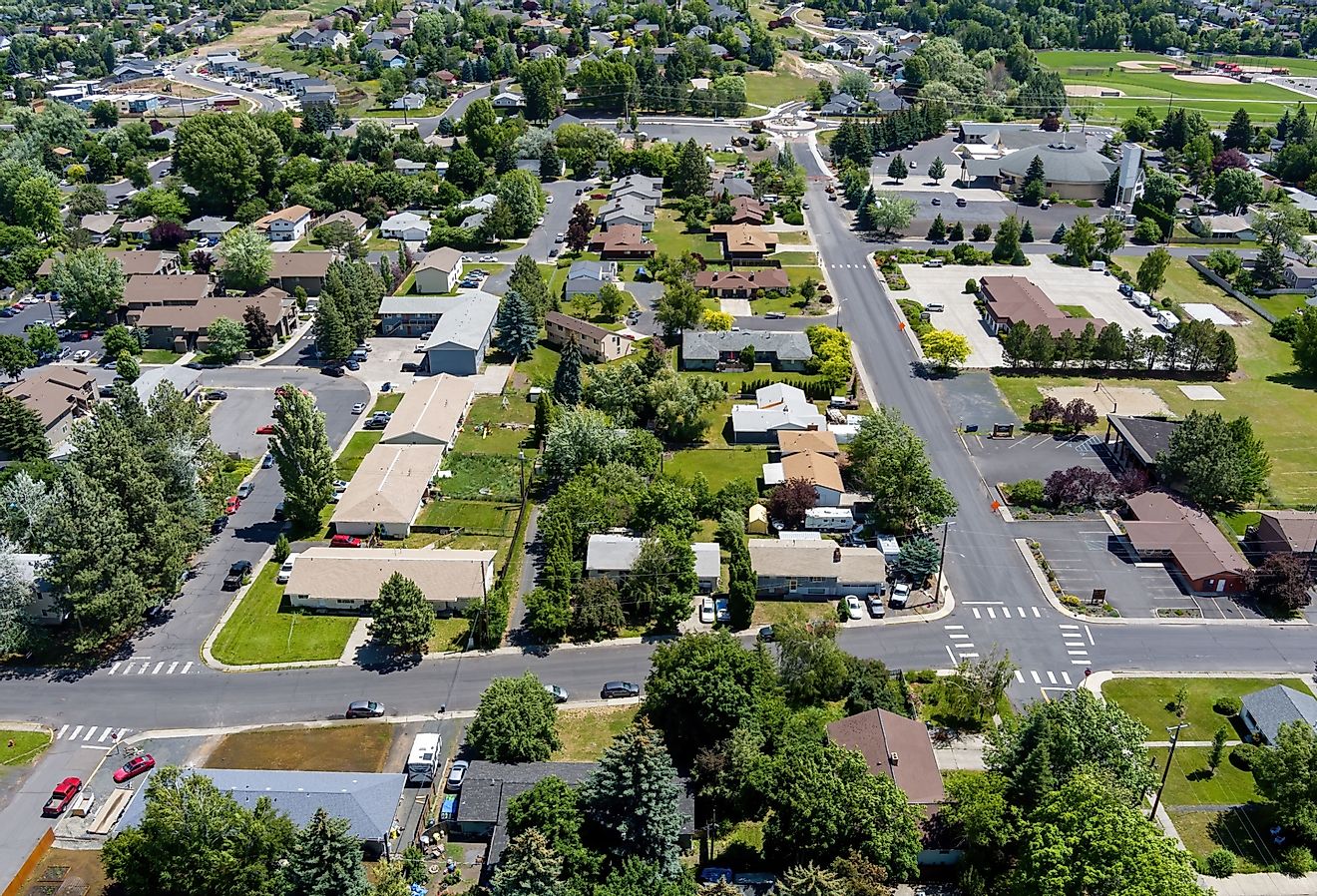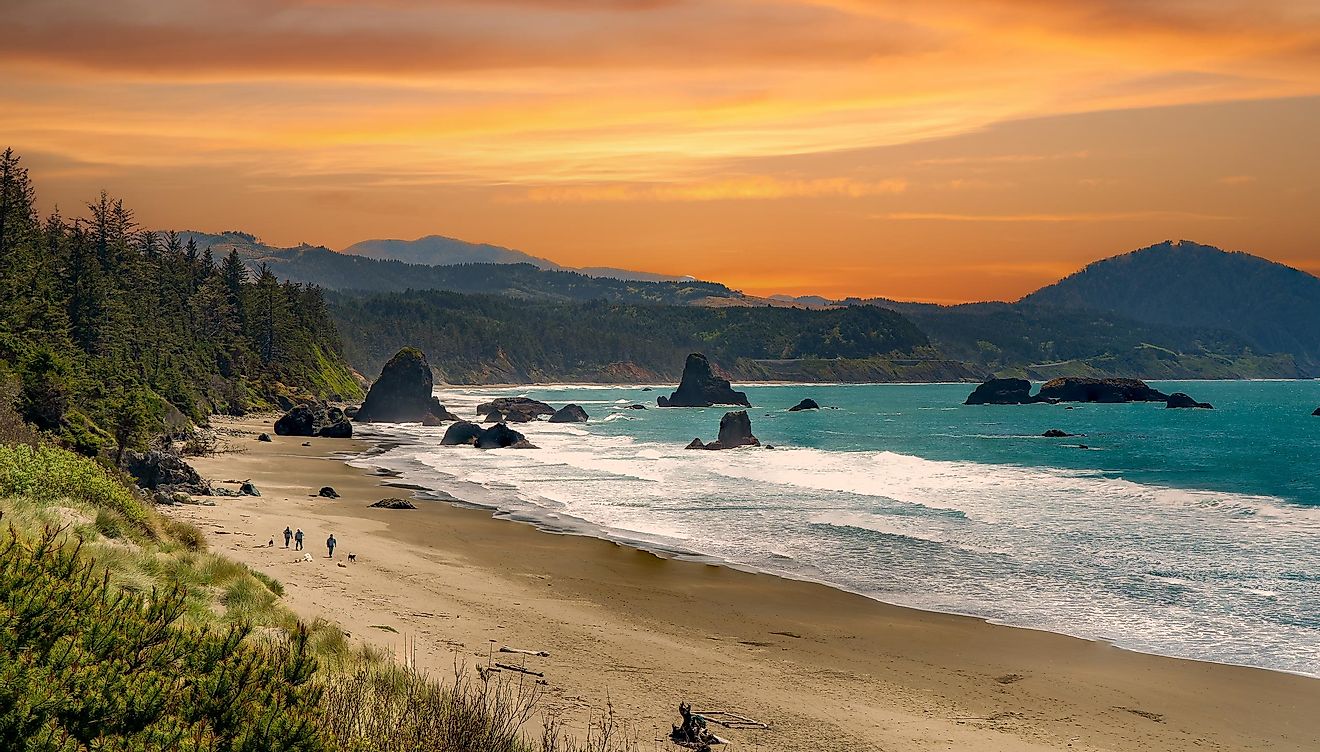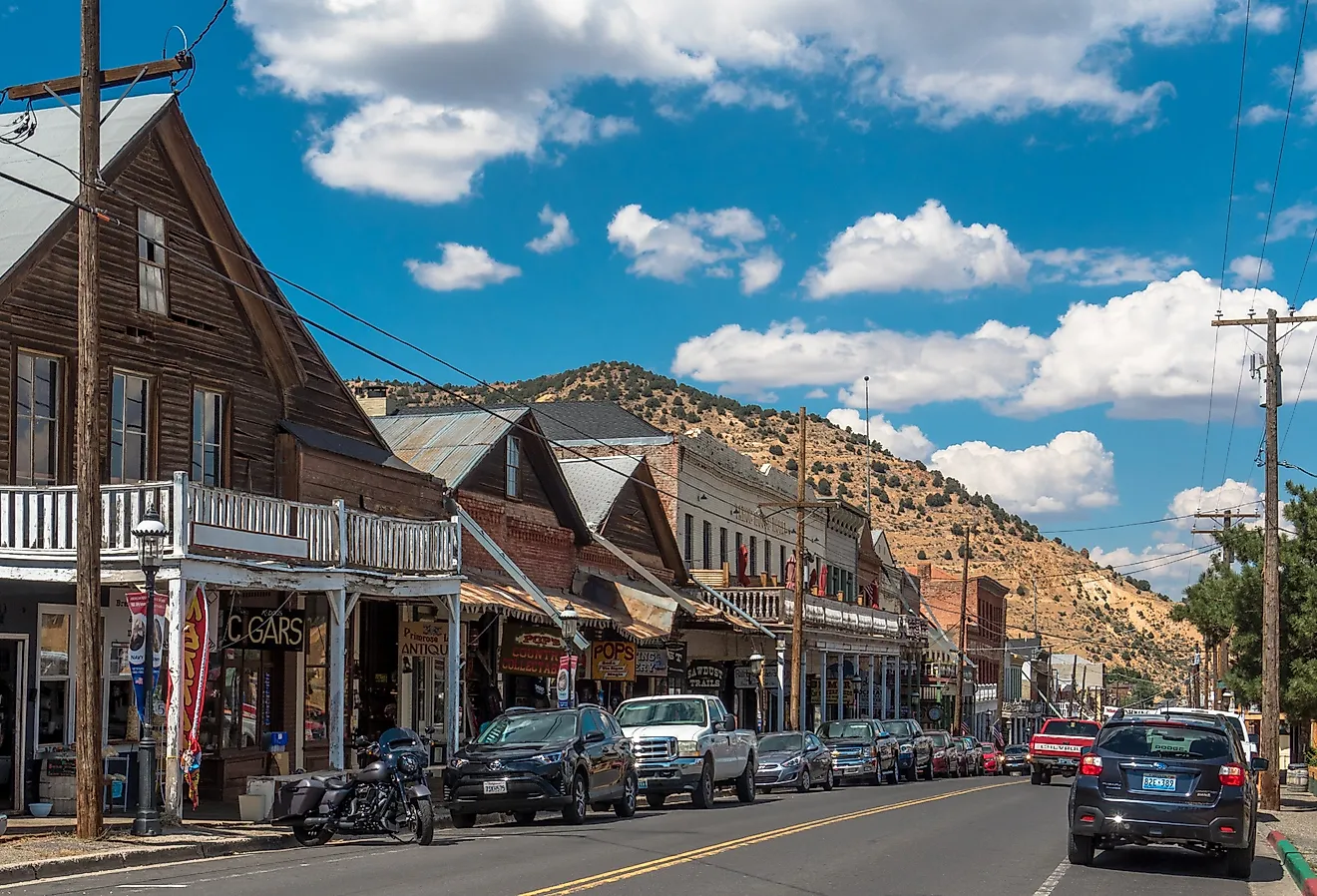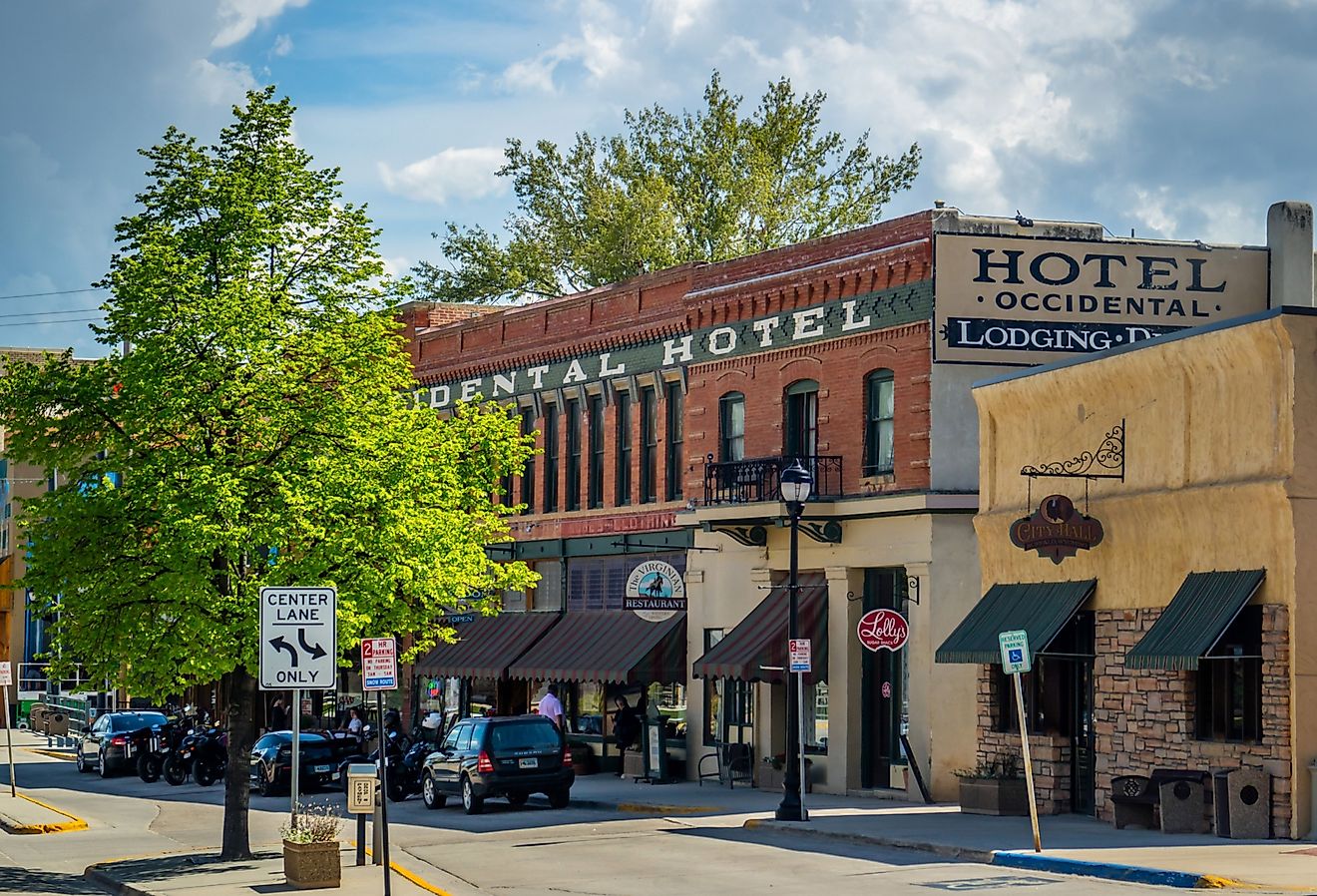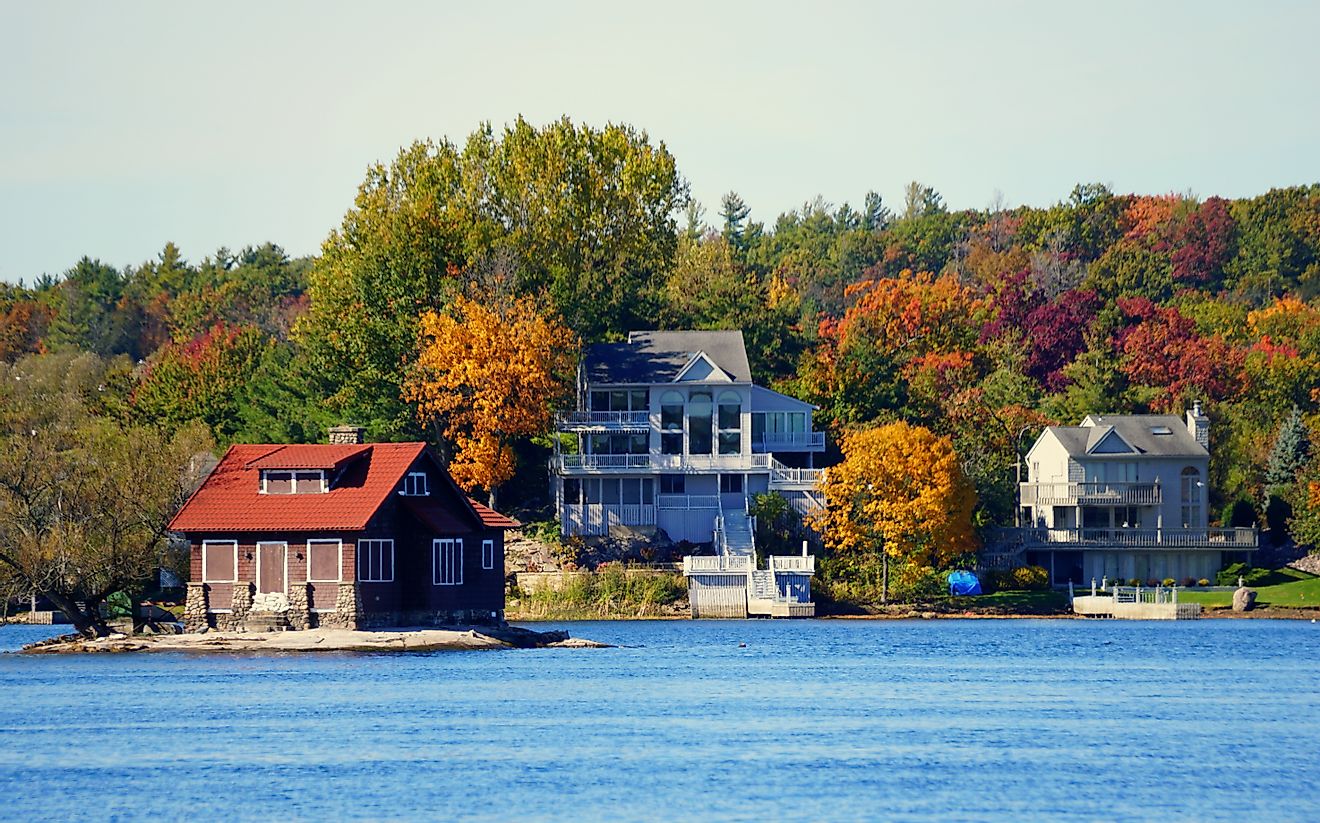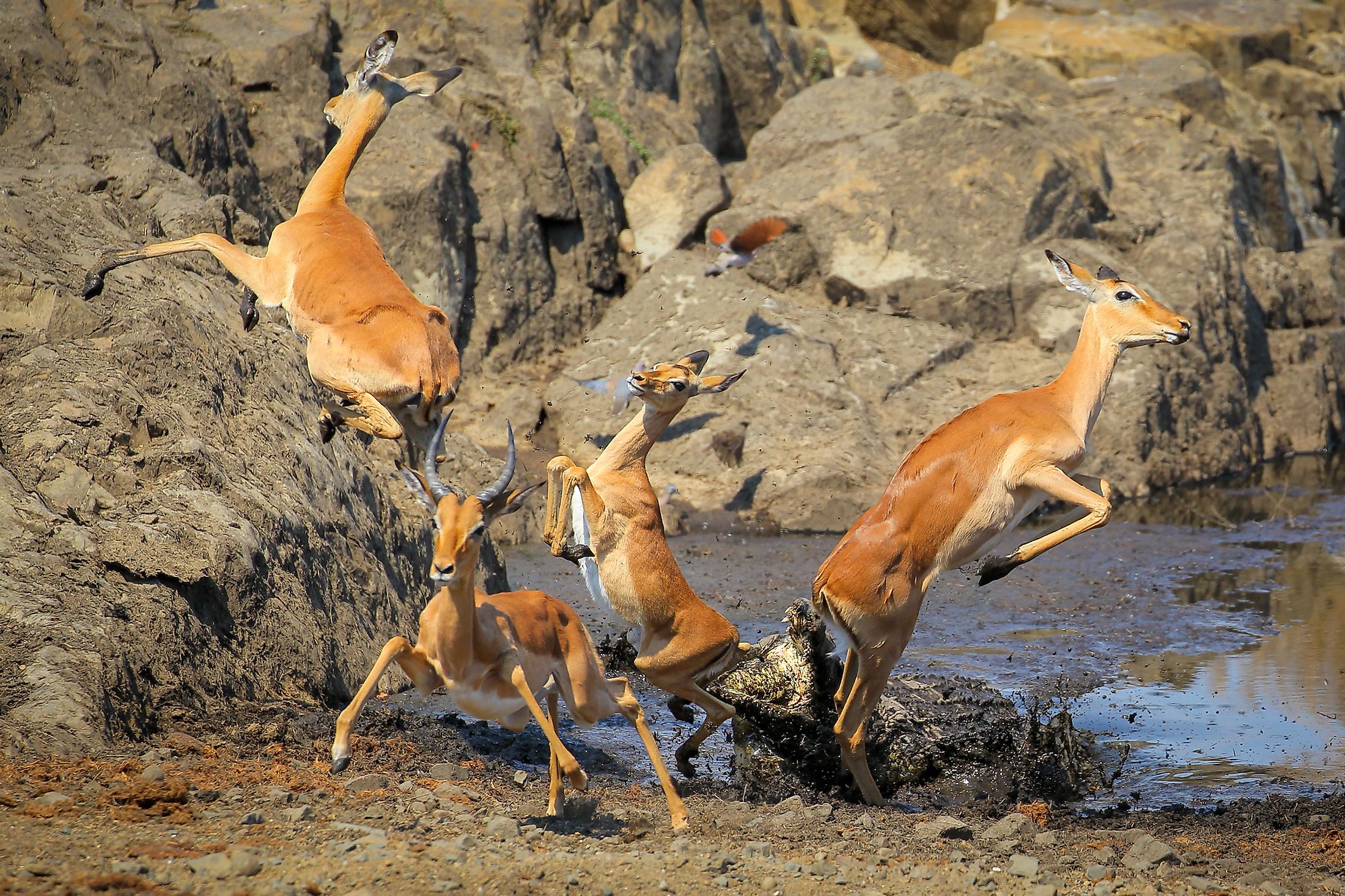
Kruger National Park, South Africa
Kruger National Park is located in the northeast of South Africa in the eastern portion of the provinces of Mpumalanga and Limpopo. The park is bordered in the north by the Republic of Zimbabwe and in the east by the Republic of Mozambique. It has an area of 19,623 sq. km, and is one of the largest game reserves in Africa. The park is a popular tourist attraction due to its wide range of diverse wildlife, including the “African Big Five.”
Conservation History
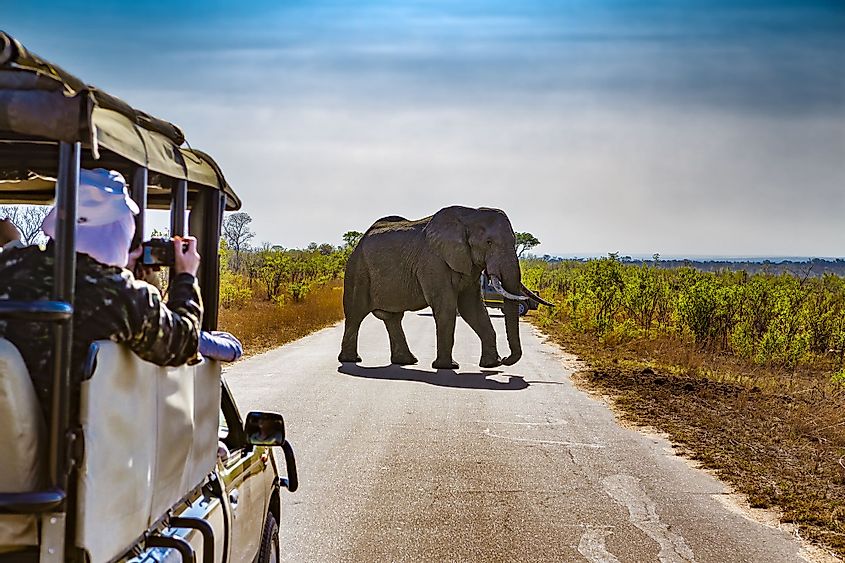
The proposal to protect the area that is now Kruger National Park was first presented in 1884 by then President of the Transvaal Republic, Paul Kruger. At the time, rather than a National Park, the area was to be a protected game reserve. His ideas were fairly progressive for the times, and it was not until 1898 that the Sabi Game Reserve was established. It occupied an area between the Crocodile River and the Sabie River.
The first warden was appointed in 1902, and the park remained in this state for over 20 years. In 1926, the National Parks Act came into play, and the Sabie and Shingwedzi Game Reserves were joined and renamed Kruger National Park. Kruger was the first National Park that was established in South Africa.
Over 420 cultural heritage sites have been identified within the park. Additionally, Kruger National Park is part of the Great Limpopo Transfrontier Park, which connects Kruger National Park with the Gonarezhou National Park of Zimbabwe, and Limpopo National Park of Mozambique. Combined, the three make up a peace park that extends beyond country borders as a transfrontier conservation area. Kruger National Park also forms a part of the "Kruger to Canyons Biosphere", that has been designated as an International Man and Biosphere Reserve by UNESCO.
Landscape and Climate
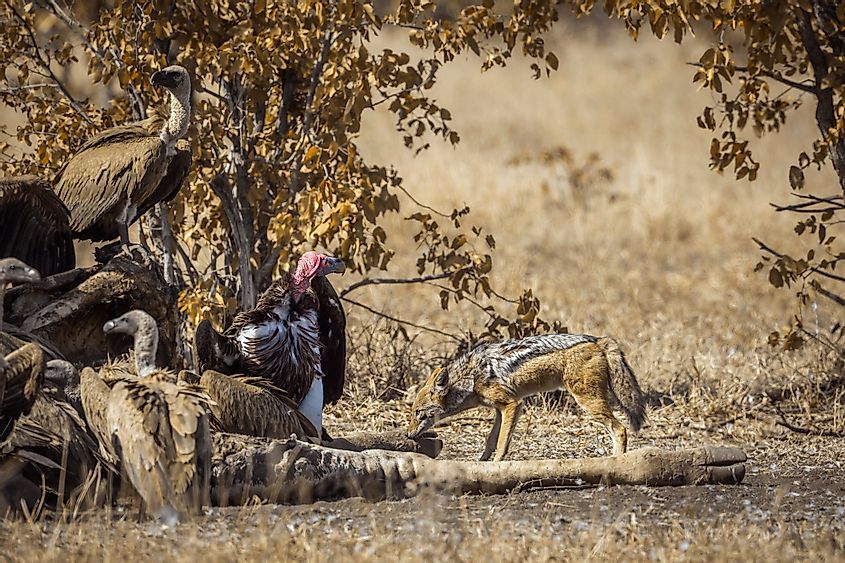
The landscape of the Kruger National Park includes a range of different ecosystems. Mountains, tropical forests, and bush plains can all be found within the park, which in turn means there is a diverse range of plant and wildlife here.
The park occupies portions of two provinces of South Africa, the Limpopo and Mpumalanga. The Kruger National Park is about 360km in length and has an average width of 65km. At its widest point, the Park has a maximum width of 90km from east to west. It is also bordered by two major rivers, the Limpopo to the north, and the Crocodile River to the south. There are a number of other rivers which cut through the park, such as the Sabie, Olifants, Letaba, and Luvuvhu Rivers.
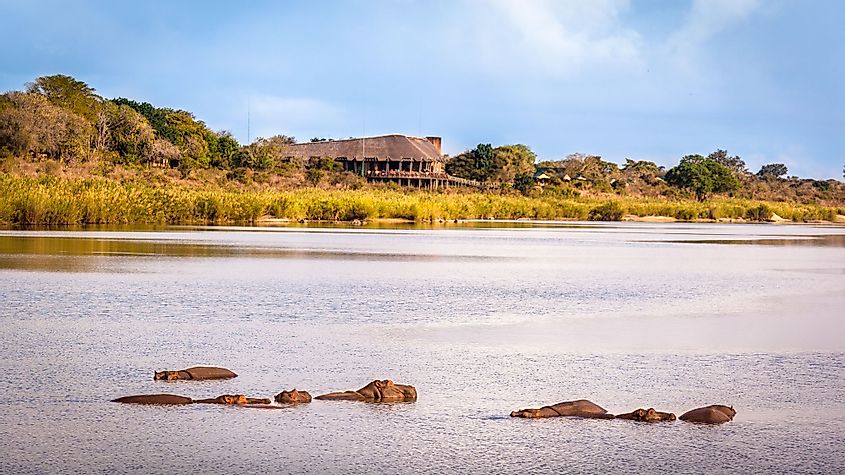
On the eastern edge of the park lie the Lebombo Mountains. The area inside the park ranges in altitude from 200m to 840m. The highest point of the park is in the south-west, close to the Berg-en-Dal, and is a hilltop named Khandzalive.
The climate of the region is that of summer rainfall, where percipitation is concentrated in the months between October and April. These are also the hottest months of the year, and are quite humid. The driest portion of the year falls just before this, with September historically showing the least amount of rainfall.
Plant life
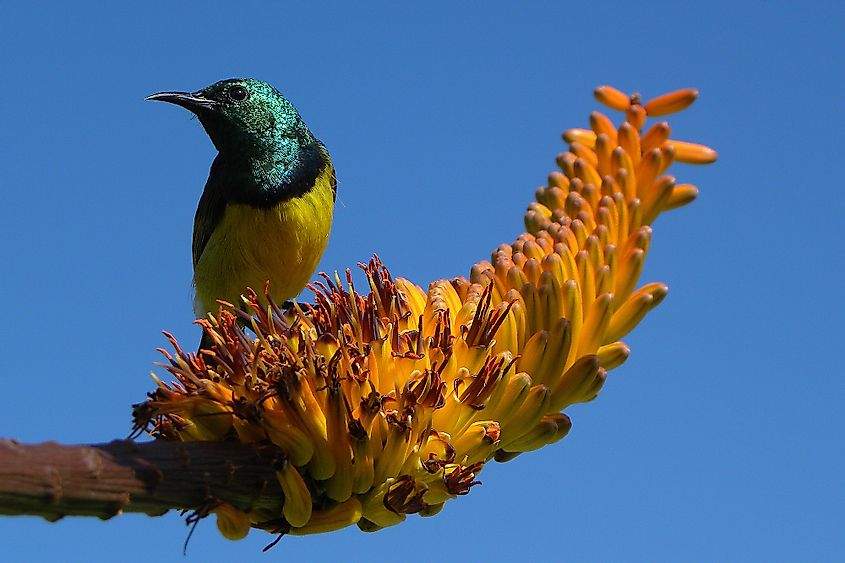
The Kruger National Park is home to some 336 different tree species, however the park is generally divided into two main types of plant areas: the mopane veld and the thorn veld. The mopane veld, which is north of the Oliphant River, also includes various shrubs and red-bush willows, especially in the west.
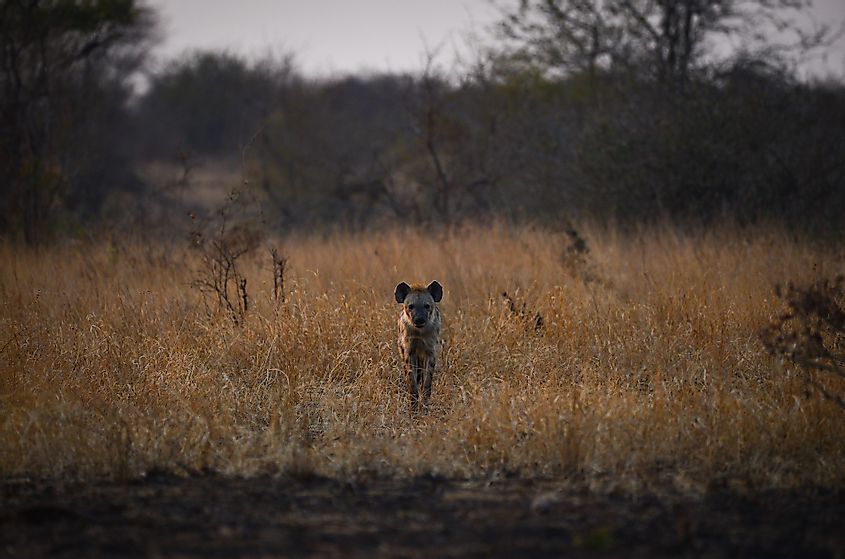
The thorn veld in the southern portion of the park includes a central and western region which also includes red bush-willow, as well acacia, and to a lesser extent marula tree. Acacias need to be close to a water source, so tend to grow along rivers and streams, as do Nwatimhiri bushes, which are common in this region near the Sabie River. The eastern portion of the thorn veld consists of knob thorn and marula veld, as well as some leadwood trees, however the area is mainly open fields full of buffalo grass and red grass. These grasses are the dominant species in the area, and provide food sources for many of the grazing animals that reside in the park.
Some of the other prevalent species that grow in the park include baobab, common cluster fig, common coral tree, delagoa thorn, fever tree, lowveld fig, jackalberry, natal mahogany, monkey orange, Transvaal mustard tree, Lala palm, raisin bush, tamboti, sausage tree, and round-leaf teak.
Animal Life
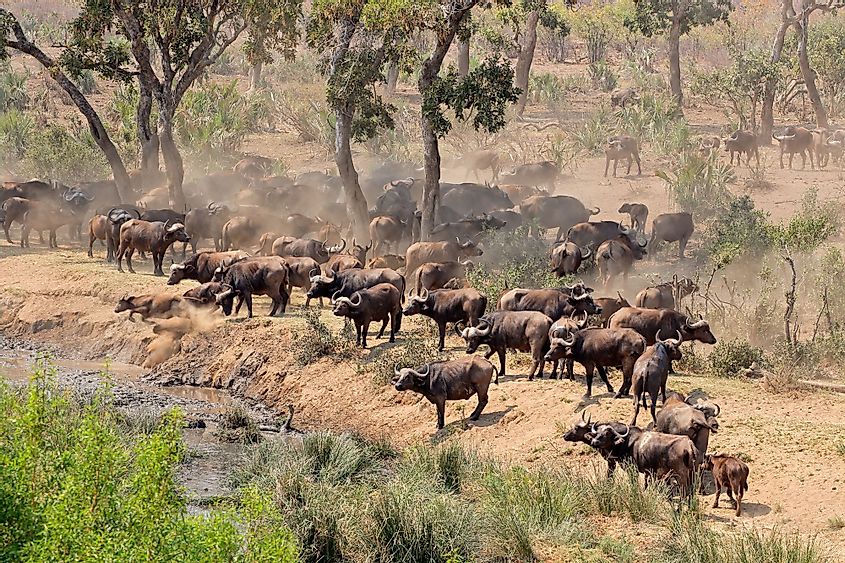
The Kruger National Park is best known for the visibility of the ‘big five’ animals of Africa. These animals include the African Elephant, African lion, Cape buffalo, African leopard, and black rhinoceros. The first four, in particularly, are quite common in the park. There are an estimated 17,000 elephants in the park at any given time, 1,500 lions, a whopping 48,000 buffalos, and 1,000 leopards. Black and white rhinos are both found in the park as well, but in much fewer numbers as they are very much an endangered species worldwide.
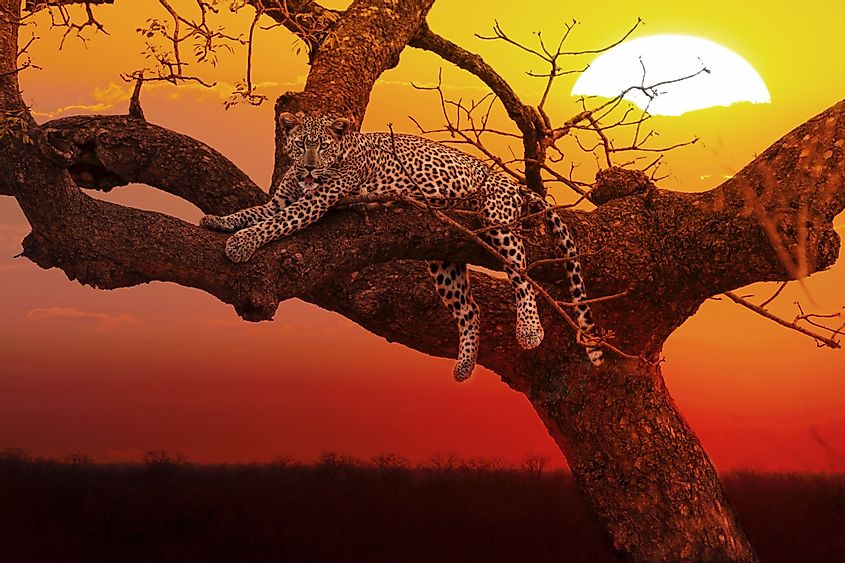
Aside from these most-sought after species, 147 other mammals live in the region. There are a number of different grazing animals that take advantage of the wide grasslands and plains, such as zebras, antelope, kudu, nyala, eland and bushbuck, as well as impala, wildebeest, klipspringers, steenbok and duiker, to name a few.
Giraffes are also common here, and are able to feast off of the leaves of many of the tree species in the area, while warthogs and bushpigs reside in the denser brush areas of the park.
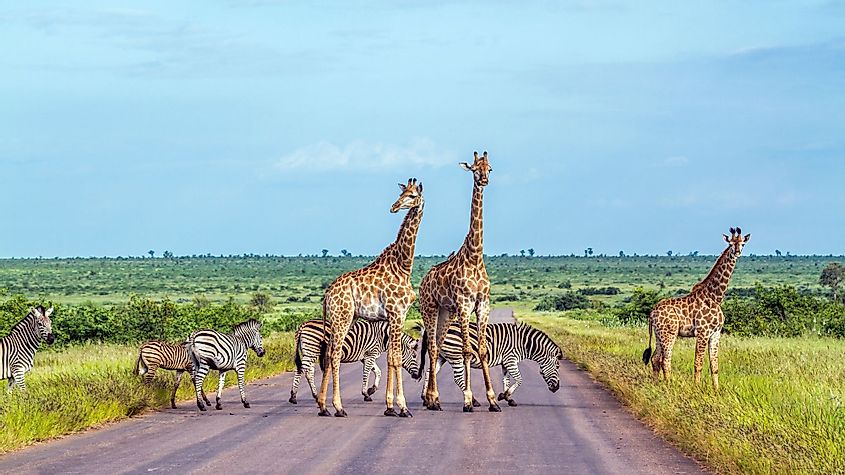
Predators, aside from the lion and leopard, include cheetahs, the African wild cat, serval, caracal, aardwolves, wild dogs, and hyaena. Kruger is also home to a variety of smaller mammals such as 20 types of mice and rats, various moles, shrews and bats, including three types of fruit bat, pangolins, hares, two species of bushbaby, and vervet monkeys, samango monkeys, and chacma baboons.
Other Fauna
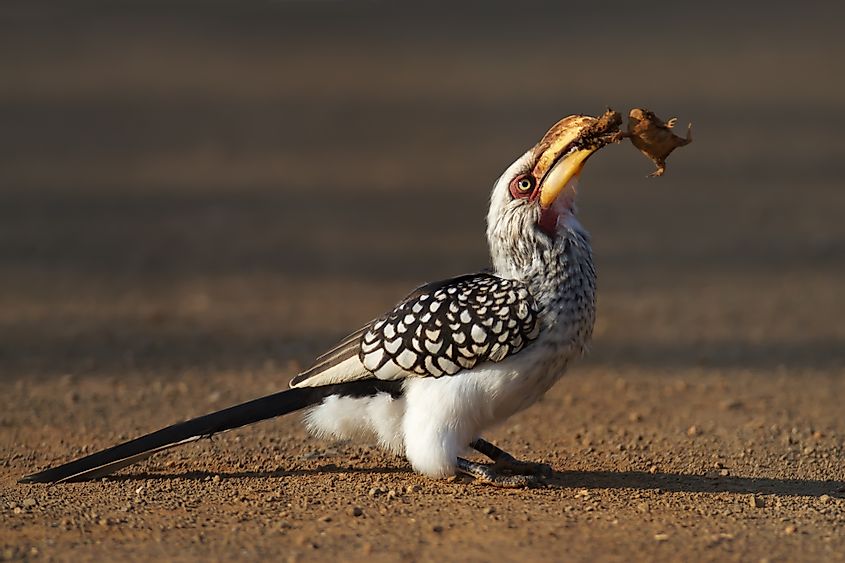
About 517 species of birds are found in Kruger National Park. Some of the notable birds that are found here include the lappet-faced vulture, kori bustard, saddle-billed stork, martial eagle, ground hornbill and Pel's fishing owl.
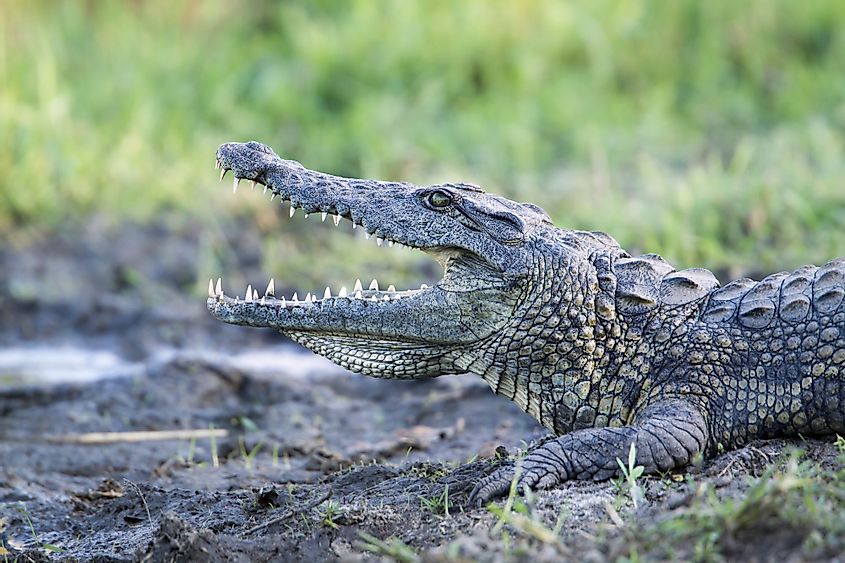
Over 126 species of reptiles including African rock pythons, black mamabas and about 3,000 Nile crocodiles are also found in the park. The National Park also hosts 33 species of amphibians and 50 fish species. Several invertebrates like termites, arcahnids and butterflies have also been recorded in the Kruger National Park.
